An introduction to Aichi prefecture : Cradle of Unified Japan
Being the birthplace of the three great unifiers of Japan, the prefecture holds a special place in the history of the archipelago. Its capital, Nagoya, is the fourth largest city in the country and the Toyota car industry giant, which made its first steps in the city of the same name, is still well established. Located in central Japan, it is close to the prefectures of Mie, Gifu, Nagano and Shizuoka. To the south, it runs along the Pacific Ocean, thus having very beautiful coasts, some parts of which remain quite wild. The climate in summer can be particularly hot and humid.
Spots you shouldn't miss
-
Nagoya
As one of the largest cities in Japan, Nagoya has many attractions and is an extremely important place historically wise. Having suffered greatly from American bombing during the Second World War, there is little left of the samurai town Nagoya used to be, although the castle was rebuilt. The Tokugawa Museum of Art is a must for those interested in the history of the country, and you can also visit the Osu Kannon temple, famous in the city, whose square houses twice a month (18 and 28) garage sales where you can find all kinds of things.

-
Meiji Mura
Opened in 1965, Meiji Mura is a park where the architecture of the Meiji era is preserved. Indeed, during this period, Japan is reshaping itself and uses many foreign architects for its new buildings, considering the Western taste as the best and unfortunately destroying many historic Japanese buildings, including castles. The park truely is an underrated hidden gem, including the lobby of the Tokyo Imperial Hotel built by Frank Lloyd Wright. Built as an outdoor architecture museum, it takes a good day to be able to visit everything, you can circulate by the mens of a steam train built to complete the nostalgic atmosphere of the place. If you have time, take the opportunity to visit Inuyama Castle not far from there.
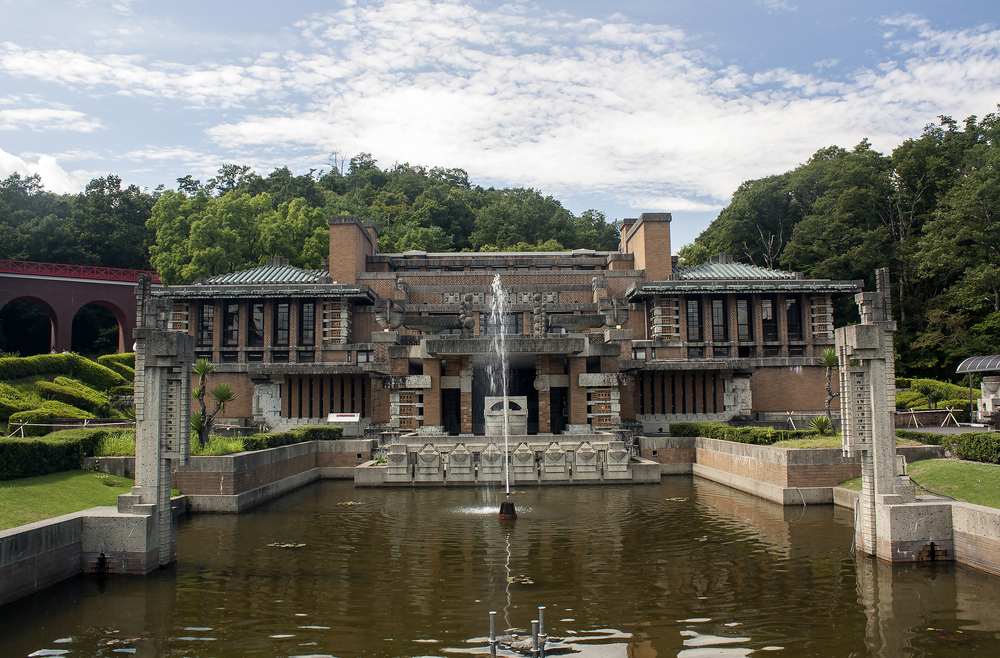
-
Tokoname
Small town known for its crafts, especially its ceramic which history dates back to the 11th century, there is a lovely walk decorated with local pottery. Not far from Chubu Airport , it is the perfect place to stop before leaving the prefecture. Since the city is famous for its maneki-neko (little cats with one paw raised that we often see at the front desk of shops and restaurants) and its teapots, take the opportunity to buy one for yourself or friends!
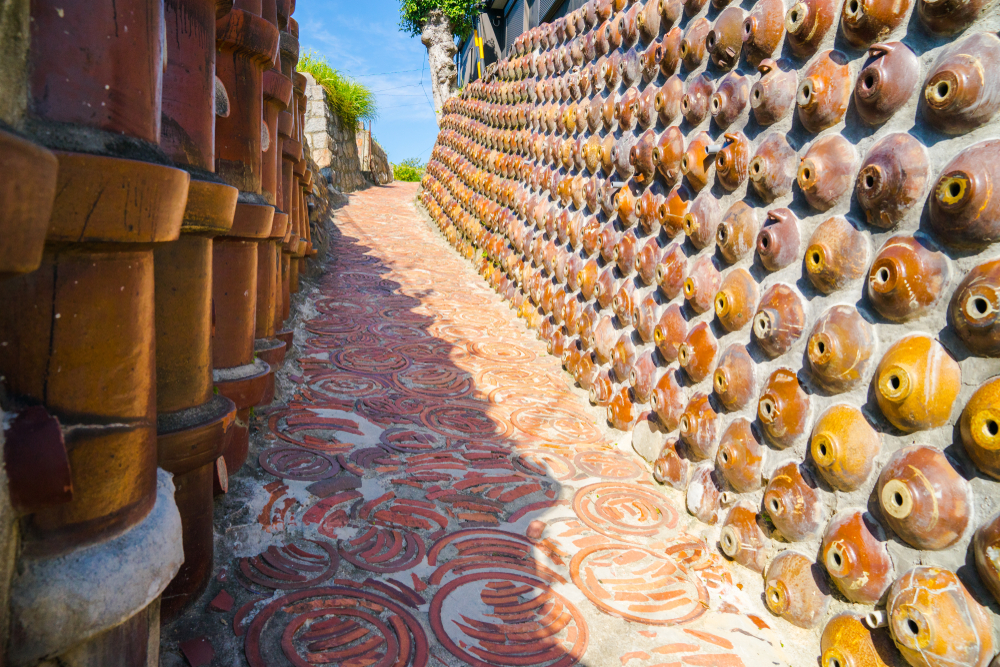
-
The old town of Asuke
Walking around Asuke brings visitors back to pre-war Japan. Traditional houses, sometimes perched above a canal, Zen temples and a small castle allow a real immersion in Japanese culture. A few kilometers from the city lies one of the most famous places in the region to contemplate the autumn leaves, Korankei Gorge. Scattered around Mount Iimori, you will find many Japanese maples bordering a small river.
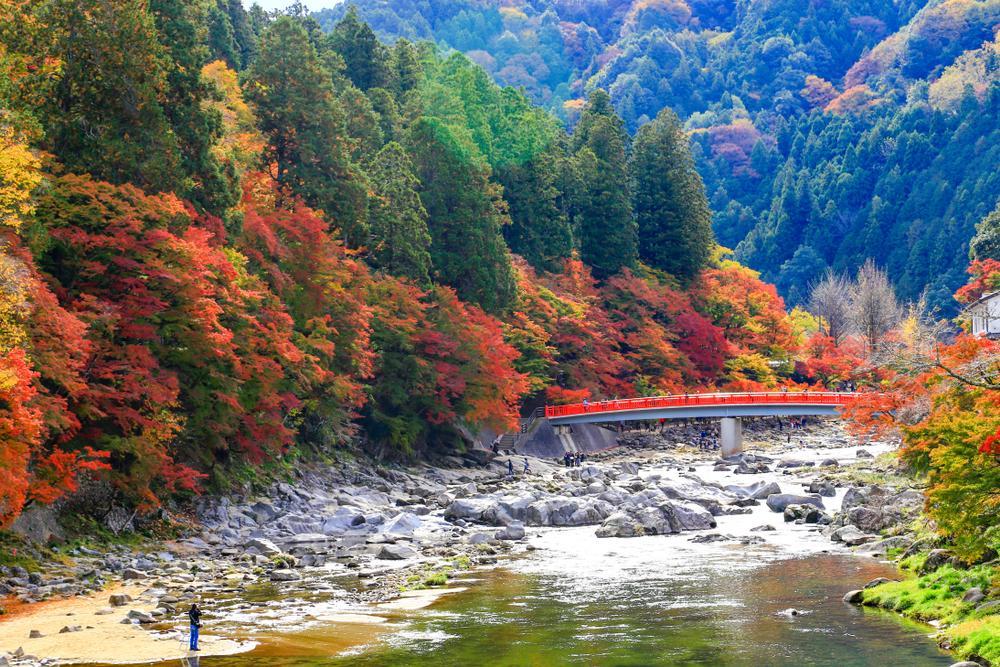
-
Sakushima
Getting more and more popular recently, the small island of Mikawa Bay is filled with outdoor art by the beach. The local population of about 300 inhabitants lives mainly from fishing and this is the perfect opportunity to taste some giant clam, specialty of the island.

Gourmet
-
Hitsumabushi
Eel is one of Nagoya's specialty, and Hitsumabushi is famous in the area since the Meiji era. These are different levels of roasted eels on rice, and each level should be tasted differently (the first as it is, the second with condiments, the third by adding hot tea and the fourth according to your taste ).
-
Kishimen
A noodle dish that we often see in the area. Their particularity is to be flat, the soup-base meanwhile varies from one restaurant to another.
-
Tenmusu
If you already know the onigiris, these triangular little rice balls wrapped in seaweed, that's what it's all about except here, they're stuffed with shrimp tempura, creating a mix of flavors and of textures.
-
Udon Curry
Available all over the region, Udon Curry is the Udon Noodle Soup found all over Japan except that here the soup is made with curry, giving it a brown and quite thick texture that infuses the noodles with its flavor. Different restaurants in Nagoya are competing for the title of best Udon Curry, but this judgment is only subjective we invite you to make your own opinion by trying them all! It became so popular that you can actually find it everywhere throughout Japan nowadays.
 Curry Udon
Curry Udon Tenmusu
Tenmusu Kishimen
Kishimen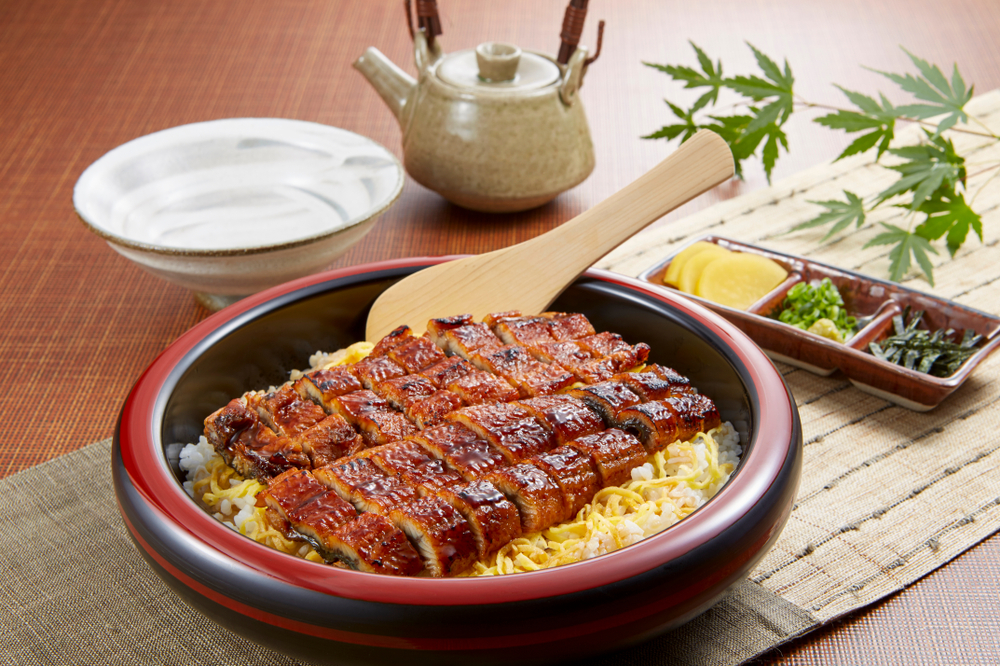 Hitsumabushi
HitsumabushiEvents
Like the rest of Japan, the prefecture hosts many festivals, but we find in the region some of the strangest, here is our selection:
-
Tenteko Festival
The festival, about 1200 years old, is made to claim good harvests. The most famous part of the festival is when men in red kimonos parade through the city with radishes cut in the shape of penises tied behind their backs. The event takes place on January 3 each year in the city of Nishio.
-
Konomiya Hadaka Matsuri
Since the year 767, in the city of Inazawa, is held in May Konomiya's naked men Festival. Dressed simply in a light white cotton loincloth, thousands of naked men are splashed with ice water on a cold winter day for purification. A young local is chosen each year to be the "new man". The latter is completely shaved, eyebrows included, and must run to the end of the parade, during which all other naked men try to touch him to get rid of their bad luck by giving it to him to take it away.
-
Honen Tagata Festival
Certainly the strangest from a Western perspective, it is held every year on March 15th in the city of Komaki, and you can enjoy the view of a giant penis carved in Japanese cypress being carried around town. It's about praying for a good harvest, celebrating fertility and renewal. The festival is over 1200 years old and starts from the sanctuary of Tagata, in which there are also many effigies of penis carved in wood, stone, ... The opportunity to make beautiful pictures.
-
Mikawa Ishiki Lantern Festival
Six pairs of giant lanterns (12 lanterns) are exhibited in the Suwa-Jinja Shrine on 26 and 27 August each year. Ranging from 6 to 10 meters high, they were made to protect the inhabitants from sea monsters. The festival is over 400 years old, and its true beauty is revealed once night falls when the lanterns light up. For the event, many street food stalls are set up around the paper giants.
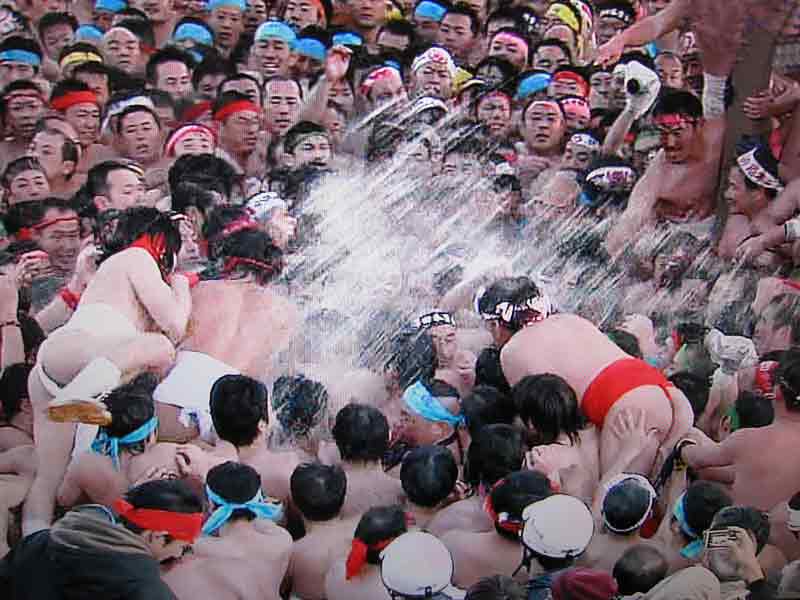 Konomiya Hadaka Matsuri
Konomiya Hadaka Matsuri Honen Tagata
Honen Tagata The giant lanterns of Mikawa Ishiki
The giant lanterns of Mikawa IshikiClick here to discover our one day trip with a private guide !
We are a Japan-based travel agency, click here to contact our experts for more information about your next stay
